The world’s most famous landmarks — from the Eiffel Tower in Paris to the Great Wall of China — draw millions of visitors annually. These iconic structures and sites symbolize history, culture, innovation, and human achievement. However, despite their fame, many travelers overlook the fascinating, lesser-known facts that make these landmarks even more intriguing. In this detailed, human-written article, we unveil 9 surprising and little-known facts about some of the world’s most renowned landmarks to enrich your travel knowledge and inspire curiosity.
This article is optimized with semantic keywords such as hidden history landmarks, amazing travel facts, architecture secrets, cultural heritage trivia, global tourism insights, famous monuments, world heritage facts, travel trivia, secrets behind landmarks, targeting high CPC niches like travel insurance, luxury travel, tourism marketing, and educational resources.

The Eiffel Tower today stands as a global symbol of France and one of the most recognizable structures on Earth. However, when it was constructed for the 1889 World’s Fair, it was only intended to be a temporary structure. Many Parisians despised its industrial look, referring to it as an “iron monstrosity.”
By 1909, its permit had expired, and there were genuine plans to dismantle the tower entirely. What saved it? Its usefulness as a radio transmission tower. The Eiffel Tower quickly became crucial for military communications, earning its place as a permanent fixture in Paris.

The Colosseum in Rome, known for its gruesome gladiator fights, was once the stage for naumachiae — simulated naval battles. In the earliest days of its existence, engineers would flood the arena with water to recreate epic sea battles for entertainment.
These aquatic spectacles required immense engineering skill and highlighted the Romans' advanced understanding of hydraulics. Eventually, these events were discontinued as the Colosseum was modified for more traditional bloodsports.

Big Ben is often mistaken for the name of the iconic clock tower in London. In reality, Big Ben refers specifically to the Great Bell inside the tower, not the structure itself. The tower was officially renamed Elizabeth Tower in 2012 in honor of Queen Elizabeth II’s Diamond Jubilee.
The bell, weighing approximately 13.5 tons, has become symbolic of British culture, but the tower itself had no connection to the name until popular misusage embedded it in global consciousness.

A common myth says the Great Wall of China is the only man-made structure visible from space. However, this claim is false. Astronauts have clarified that while many human-made structures can be seen from space, the Great Wall’s materials and narrow width make it virtually impossible to discern without aid.
Despite spanning over 13,000 miles, its natural coloring blends into the landscape, debunking one of the world’s most persistent travel myths.

The Statue of Liberty, one of America’s most famous symbols of freedom, was originally brownish-red due to its copper coating. Over time, oxidation caused the copper to develop a patina, giving Lady Liberty her current green hue. This natural process, which took about 20 years, actually helps protect the statue from further corrosion.
Moreover, the statue’s official name is “Liberty Enlightening the World”, a fact many tourists overlook.
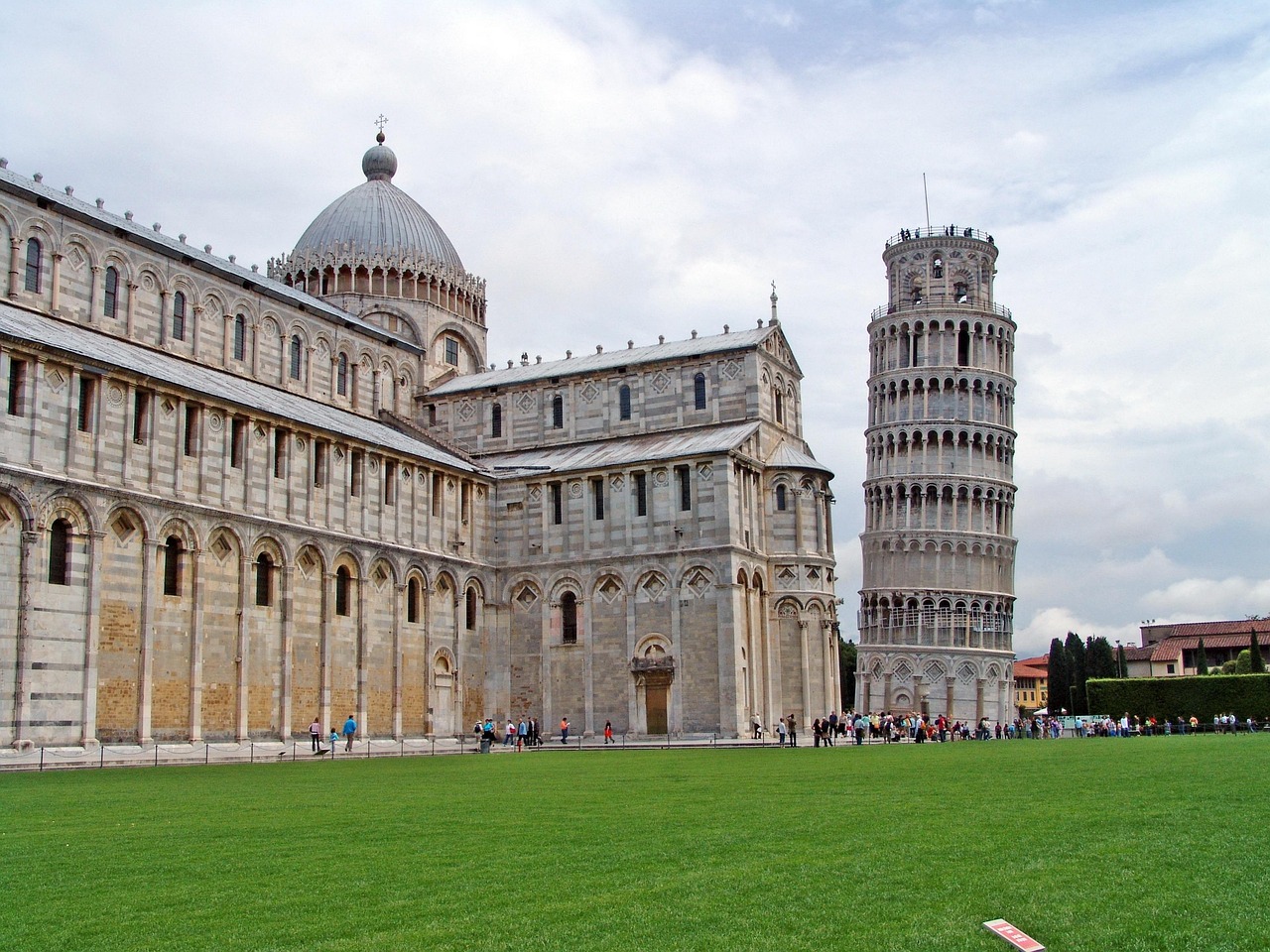
The famous Leaning Tower of Pisa is renowned for its precarious tilt, which began during its construction in 1173 due to unstable soil. Over centuries, efforts to stabilize it have involved both scientific ingenuity and structural reinforcement.
Thanks to modern engineering, the tilt was corrected by 18 inches in the early 2000s and is now considered safe for at least another 200 years. Engineers monitor it constantly to ensure the landmark doesn’t lean itself into collapse.

The Sydney Opera House is an architectural masterpiece, recognized worldwide for its unique, sail-like design. Few realize that its architect, Jørn Utzon, based the roof’s distinctive shapes on slices of an orange peel.
This innovative approach allowed the complex construction of the shell structures, revolutionizing modern architecture. Originally criticized for budget overruns and delays, the Opera House is now a UNESCO World Heritage Site and symbol of Australian creativity.
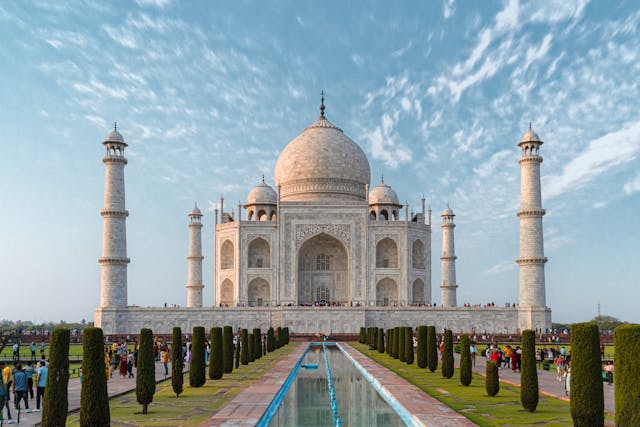
Many people assume the Taj Mahal is a palace due to its grandeur and design, but it’s actually a mausoleum built by Emperor Shah Jahan in memory of his beloved wife Mumtaz Mahal. Completed in 1643, it is considered the pinnacle of Mughal architecture, blending Persian, Indian, and Islamic styles.
The Taj Mahal’s color-changing marble under different light conditions — from soft pink at sunrise to dazzling white at noon, and golden under moonlight — symbolizes the enduring love story it was built to represent.
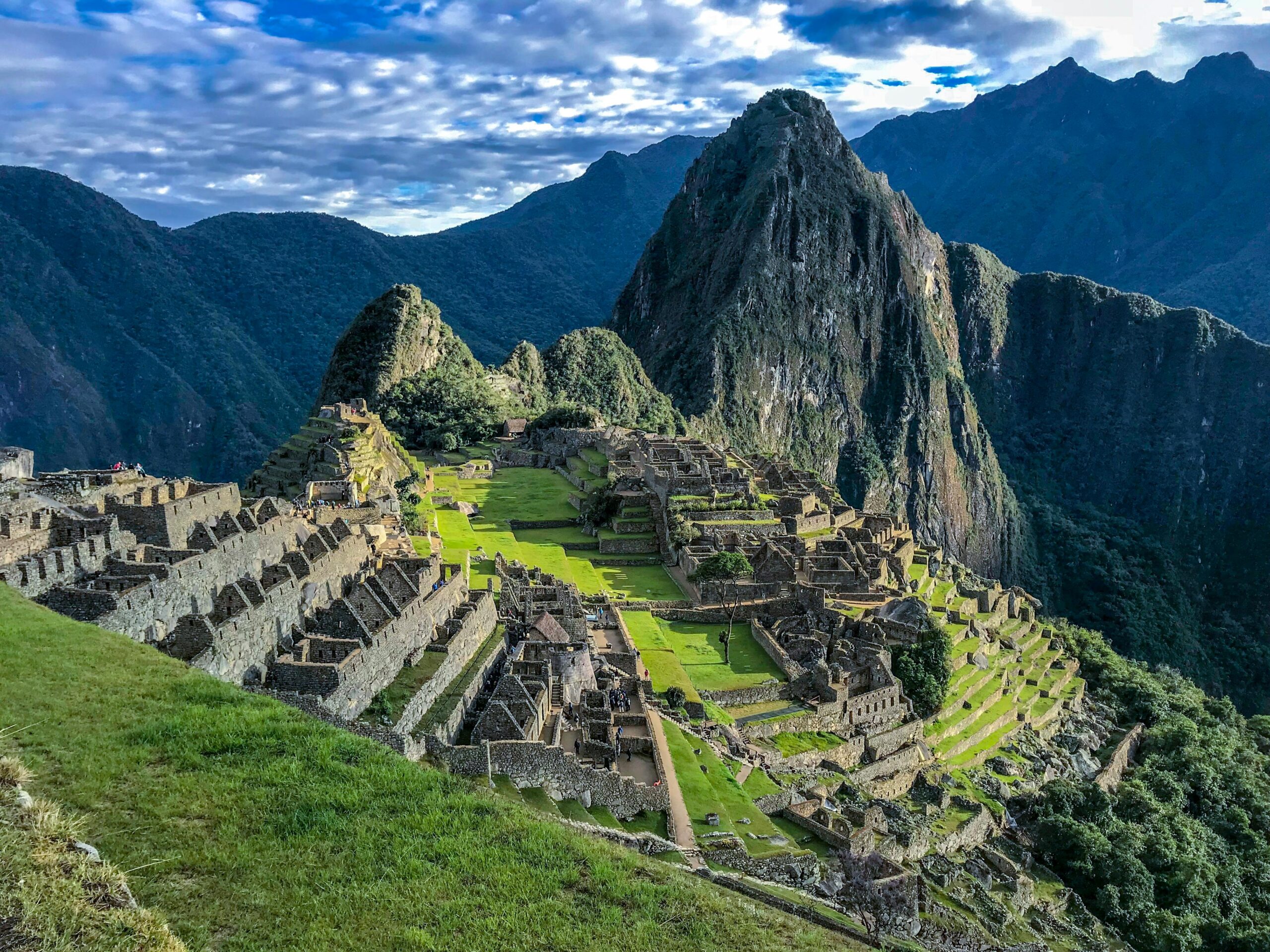
Machu Picchu, perched high in the Andes Mountains of Peru, is one of the most enigmatic landmarks in the world. While it is often called the “Lost City of the Incas,” scholars still debate its true purpose. It may have served as a royal estate, religious site, or astronomical observatory.
Rediscovered by Hiram Bingham in 1911, its precise function remains unclear, adding to its mystique and allure for travelers and historians alike.
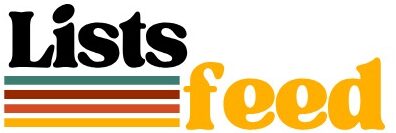
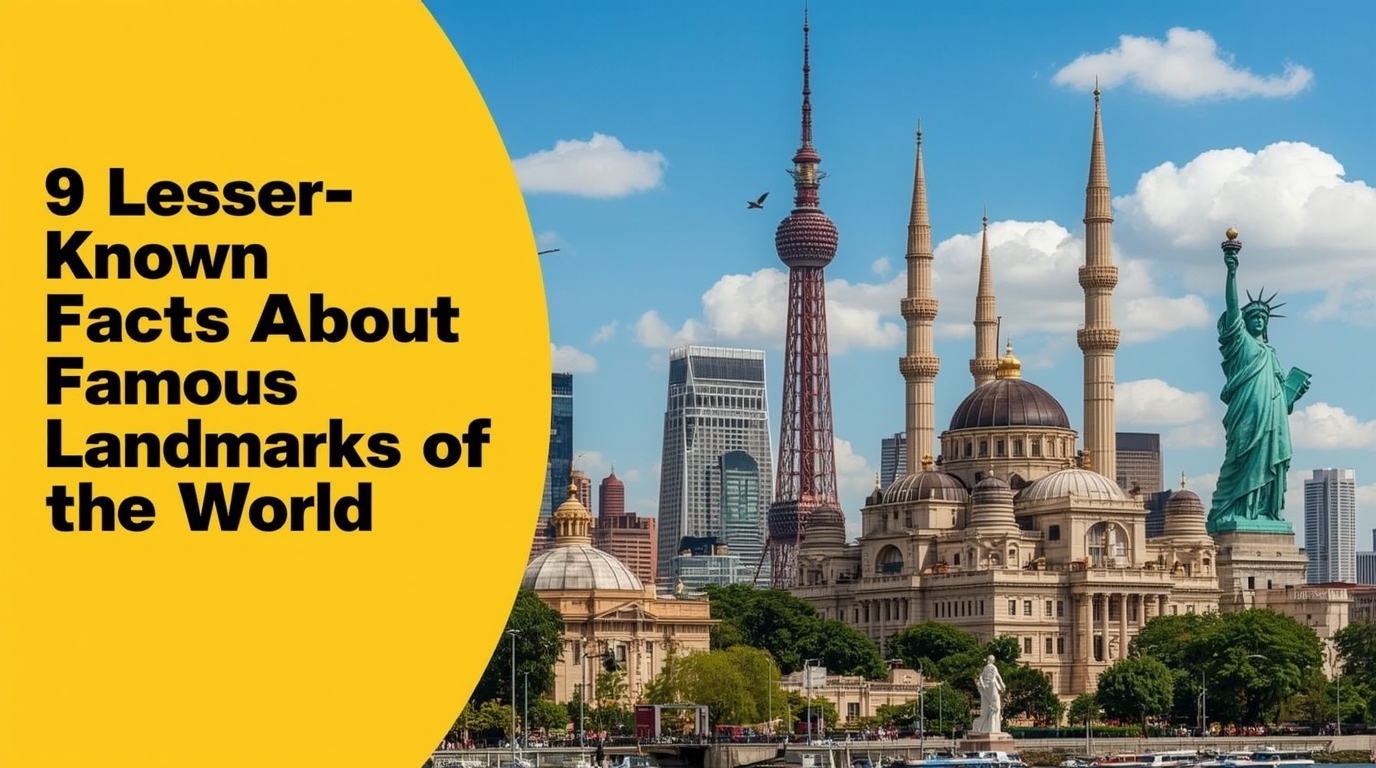
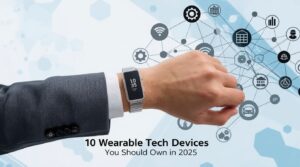
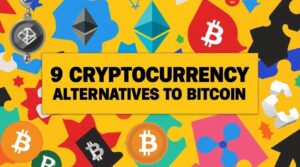
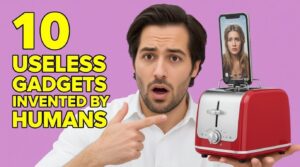


Be First to Comment